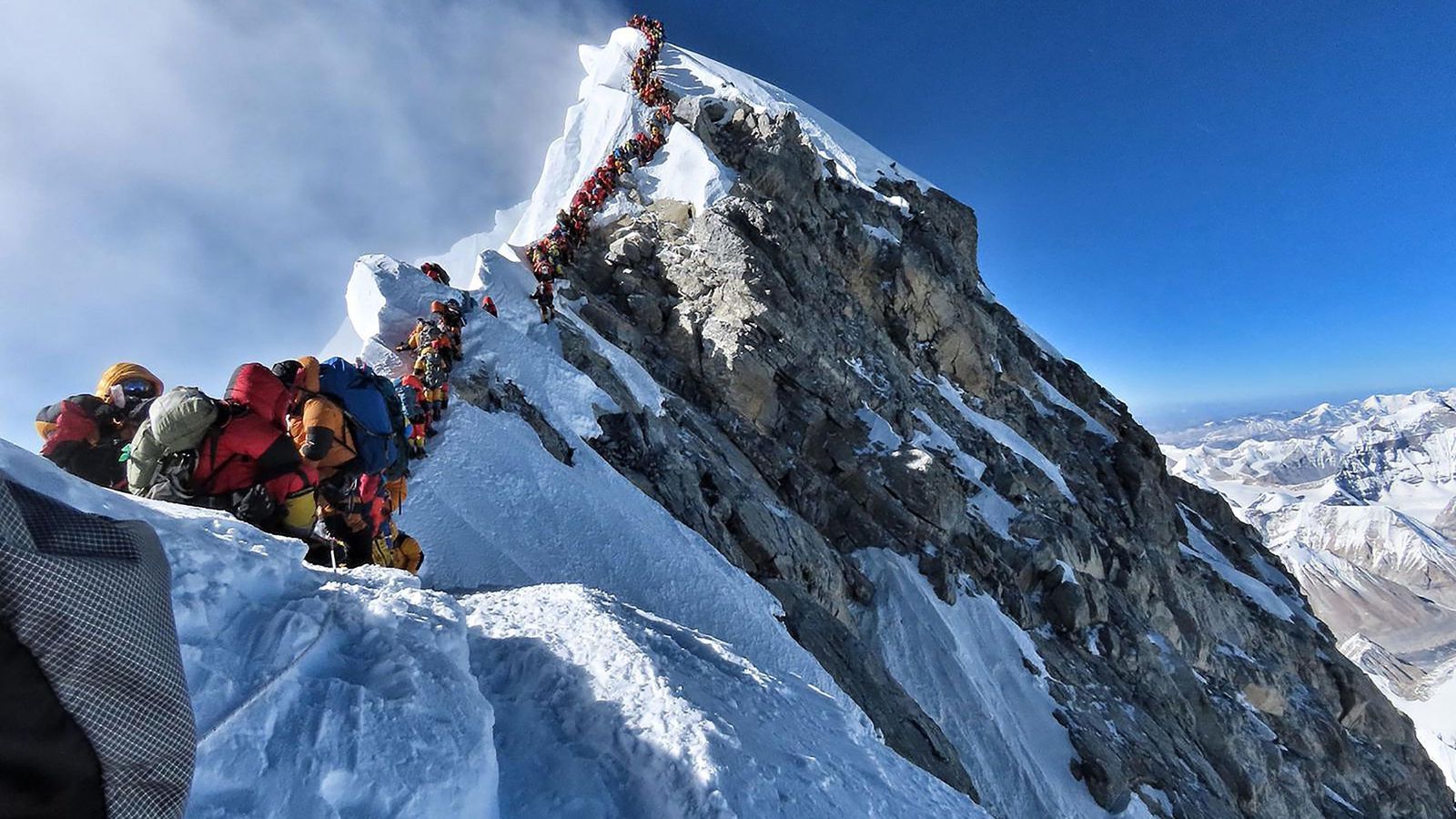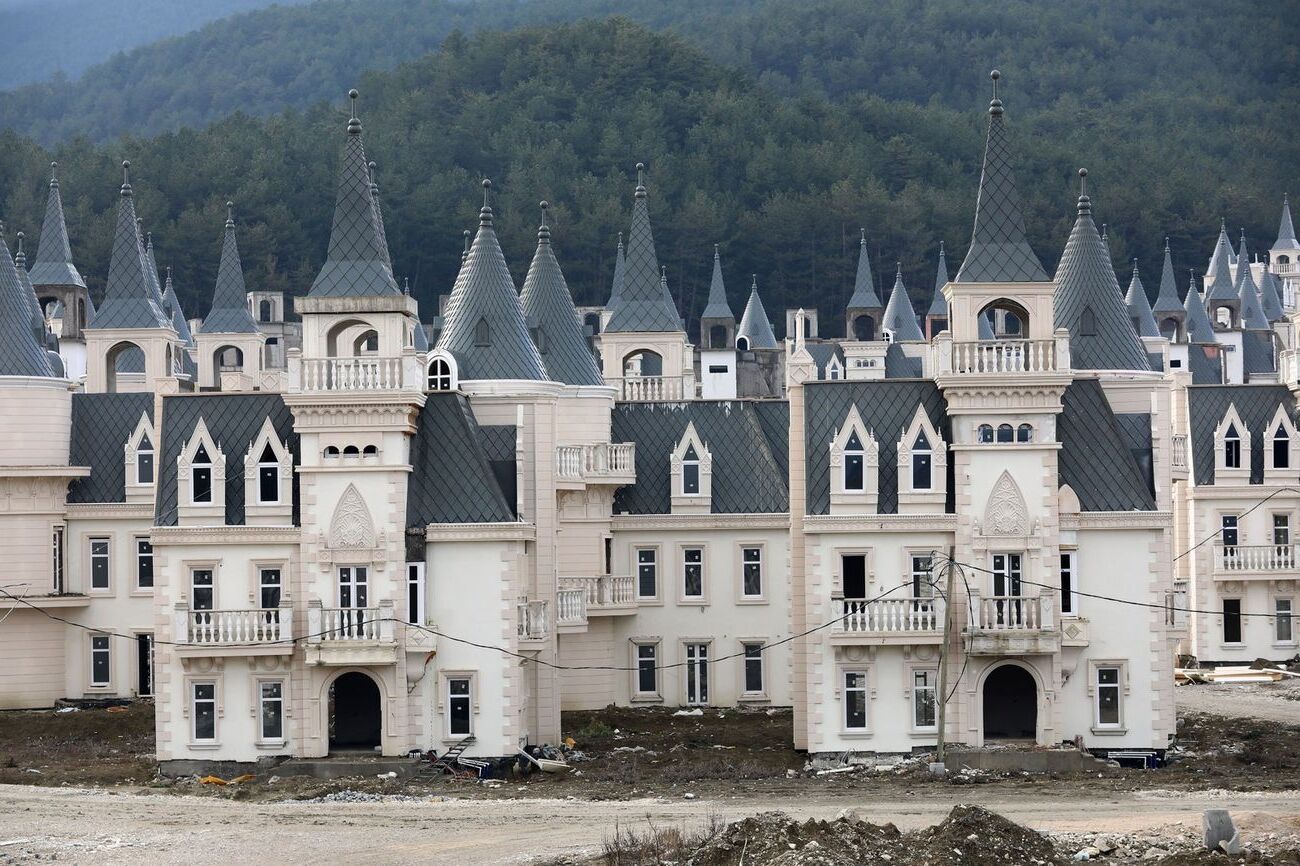
Mount Everest, the tallest mountain on Earth, stands as a symbol of human ambition and adventure. However, this majestic peak also holds a darker side. Why do people die on Mount Everest? The reasons are varied and often tragic. Extreme weather conditions, altitude sickness, and avalanches are just a few of the dangers climbers face. The mountain's harsh environment can turn a dream into a nightmare in moments. Understanding these risks is crucial for anyone considering the climb. This post delves into 35 facts about deaths on Mount Everest, shedding light on the perils that come with pursuing the ultimate summit.
Key Takeaways:
- Mount Everest has claimed over 300 lives since 1922, with avalanches and falls being the leading causes of death. The "Death Zone" above 8,000 meters is especially perilous due to lack of oxygen.
- Climbing Mount Everest is incredibly dangerous, with risks including avalanches, frostbite, and exhaustion. The mountain demands respect and careful preparation from all who attempt to conquer it.
The Deadliest Mountain
Mount Everest, the highest peak on Earth, has always fascinated adventurers. However, the journey to its summit is fraught with peril. Here are some chilling facts about the deaths on Mount Everest.
- Over 300 people have died attempting to climb Mount Everest since the first recorded deaths in 1922.
- The death rate for climbers on Everest is around 1%, meaning one in every hundred climbers does not make it back.
- Avalanches are the leading cause of death on Everest, responsible for about 40% of fatalities.
- The second most common cause of death is falls, accounting for approximately 20% of fatalities.
- Exposure and frostbite are also significant threats, leading to many deaths due to the extreme cold and harsh conditions.
- The "Death Zone" above 8,000 meters is notorious for its lack of oxygen, where most deaths occur.
- In 1996, a severe storm led to one of the deadliest days on Everest, killing eight climbers in a single day.
- The bodies of many climbers remain on the mountain, serving as grim markers along the route.
- Green Boots, an unidentified climber who died in 1996, has become a well-known landmark on the main Northeast ridge route.
- The oldest person to die on Everest was Min Bahadur Sherchan, who was 85 years old.
- The youngest person to die on Everest was Pemba Sherpa, who was just 19 years old.
- In 2014, an avalanche in the Khumbu Icefall killed 16 Sherpas, marking one of the deadliest incidents in Everest's history.
- The 2015 Nepal earthquake triggered an avalanche that killed 22 people at Everest Base Camp.
- Many climbers suffer from high-altitude cerebral edema (HACE) and high-altitude pulmonary edema (HAPE), which can be fatal if not treated promptly.
- The majority of deaths occur during descent, when climbers are exhausted and less alert.
- Helicopter rescues are extremely challenging and dangerous due to the thin air and unpredictable weather.
- The South Col route is considered the most dangerous, with a higher death rate compared to other routes.
- Many climbers have died due to running out of supplemental oxygen.
- The high cost of rescue operations often deters climbers from seeking help, leading to preventable deaths.
- The bodies of climbers who die above 8,000 meters are rarely recovered due to the extreme conditions.
- In 2019, overcrowding on the summit led to a spike in deaths, with 11 climbers losing their lives.
- Sherpas, the local guides, face a higher risk of death due to their frequent trips up and down the mountain.
- The Hillary Step, a nearly vertical rock face near the summit, has claimed several lives due to its difficulty.
- Many climbers underestimate the physical and mental toll of the climb, leading to fatal mistakes.
- The extreme cold can cause hypothermia, which can be deadly if not treated immediately.
- The thin air at high altitudes can cause severe dehydration, contributing to many deaths.
- Some climbers have died from heart attacks due to the physical strain and high altitude.
- The unpredictable weather on Everest can change rapidly, catching climbers off guard and leading to fatal accidents.
- Many climbers have died due to equipment failure, such as faulty oxygen tanks or broken ropes.
- The high altitude can cause severe altitude sickness, which can be fatal if not treated.
- Some climbers have died from exhaustion, unable to continue due to the extreme physical demands of the climb.
- The lack of proper acclimatization can lead to severe health issues and death.
- The Khumbu Icefall is one of the most dangerous sections of the climb, with shifting ice and crevasses posing constant threats.
- Many climbers have died due to poor decision-making, such as continuing the climb despite worsening conditions.
- The psychological stress of the climb can lead to impaired judgment and fatal mistakes.
Mount Everest remains a symbol of human ambition and the ultimate test of endurance. However, its dangers are real, and the mountain demands respect from all who dare to challenge it.
Final Thoughts on Mount Everest Deaths
Mount Everest, while awe-inspiring, holds many dangers. Over 300 climbers have lost their lives attempting to reach its summit. The extreme cold, avalanches, and lack of oxygen make it a perilous journey. Many bodies remain on the mountain, serving as somber reminders of the risks. Climbers must be well-prepared, both physically and mentally, to face these challenges. Despite advancements in gear and technology, Everest remains a formidable foe. Understanding the mountain's history and respecting its power is crucial for anyone considering the climb. Remember, the goal is not just to reach the top but to return safely. The stories of those who perished highlight the importance of caution and preparation. Everest will always be there, but life is precious. Stay informed, stay safe, and respect the mountain.
Frequently Asked Questions
Was this page helpful?
Our commitment to delivering trustworthy and engaging content is at the heart of what we do. Each fact on our site is contributed by real users like you, bringing a wealth of diverse insights and information. To ensure the highest standards of accuracy and reliability, our dedicated editors meticulously review each submission. This process guarantees that the facts we share are not only fascinating but also credible. Trust in our commitment to quality and authenticity as you explore and learn with us.


